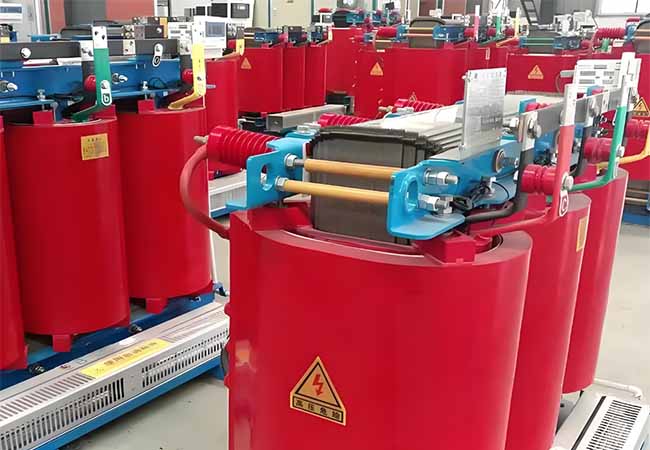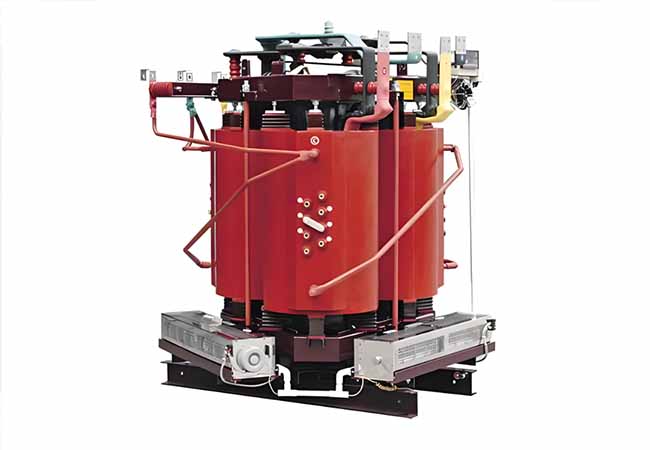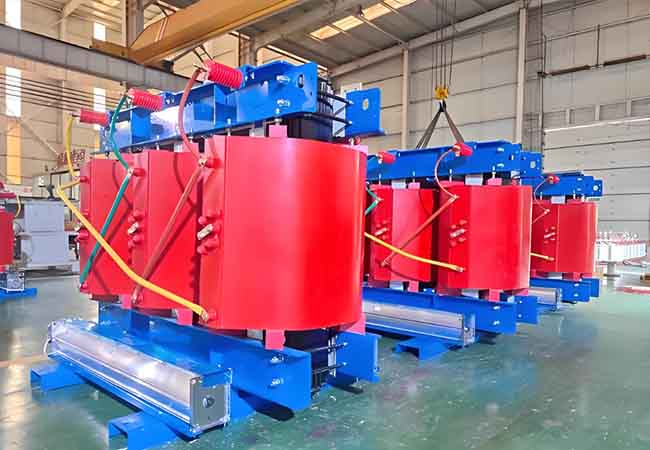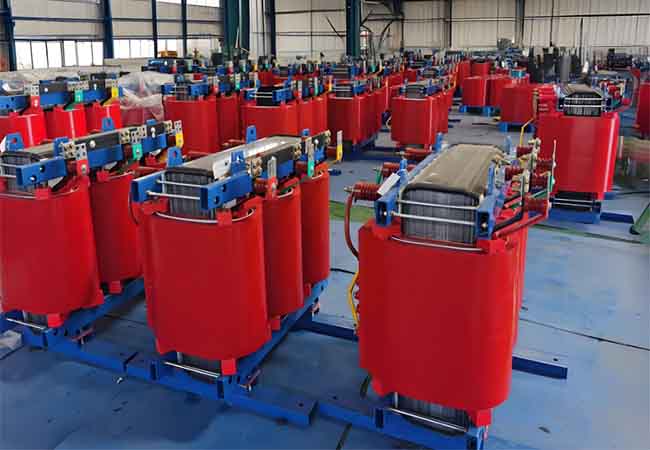dry-type transformers Maintenance methods
04-08 2025 | By:
Maintenance methods for dry-type transformers
Dry-type transformers are a common type of transformer, and their insulating medium uses dry oil-free insulating materials, so special attention should be paid to maintenance and maintenance during use. The following is the maintenance method of dry-type transformers to ensure their normal operation and extend their service life.
1. Temperature monitoring
The temperature of dry-type transformers is an important indicator of their operating status. Regularly monitoring the temperature can timely detect abnormal conditions inside the transformer. Common temperature monitoring methods include using thermometers, infrared thermal imagers and other equipment for measurement. If the temperature is found to be abnormally large, the cause of the fault should be promptly investigated and corresponding repair and adjustment measures should be taken.

dry-type transformers Maintenance methods
2. Cleaning inspection
Regularly cleaning the external surface of the dry-type transformer can maintain its heat dissipation performance and appearance.
Use tools such as soft brushes or hair dryers to remove dust and debris from the surface of the transformer. At the same time, it is also necessary to check whether the air duct of the transformer is unobstructed to avoid blockage that affects the heat dissipation effect.
3. Insulation detection
The insulation state of the dry-type transformer is crucial to its operating stability and safety. Regularly testing the insulation can detect problems such as insulation aging and damage early. An insulation resistance meter can be used for insulation testing to detect whether there is an insulation fault between the main winding and the ground, or between phases. If the insulation resistance is found to be abnormally reduced, the cause of the fault should be promptly investigated, and repaired and replaced.
4. Ventilation inspection
The ventilation system of the dry-type transformer is the key to maintaining the heat dissipation of the transformer. Regularly checking the status of the ventilation system can ensure its normal operation. Check whether the ventilation path is unobstructed, whether the ventilation holes are blocked, and clean and replace the ventilation filter. At the same time, it is also necessary to check the operating status of the ventilation fan to ensure that the fan blades are intact and there is no abnormal sound. If poor ventilation or fan abnormality is found, it should be repaired and replaced in time.
5. Protection device detection
Dry-type transformers are usually equipped with various protection devices, such as over-temperature protection devices, over-voltage protection devices, etc. Regularly check the status of these protection devices to ensure their normal operation. The protection device can be tested and inspected to verify its reliability and stability. If the protection device is found to be damaged or failed, it should be replaced or repaired immediately.
6. Withstand voltage test
Regular withstand voltage test is an effective way to ensure the insulation performance of dry-type transformers. Dielectric withstand voltage test and partial discharge test can be carried out to determine whether the transformer has the risk of insulation failure. The withstand voltage test should be carried out in accordance with the relevant standards and specifications, and the test results and data should be recorded to facilitate future comparison and analysis.
7. Maintenance records Recording the maintenance of dry-type transformers can track the working status and maintenance history of the transformer. The records include maintenance date, maintenance content, maintenance personnel and other information, which can be used for future maintenance and maintenance reference. Maintenance records can also analyze and summarize the transformer’s failure efficiency and quality.
You may also find these interesting:


